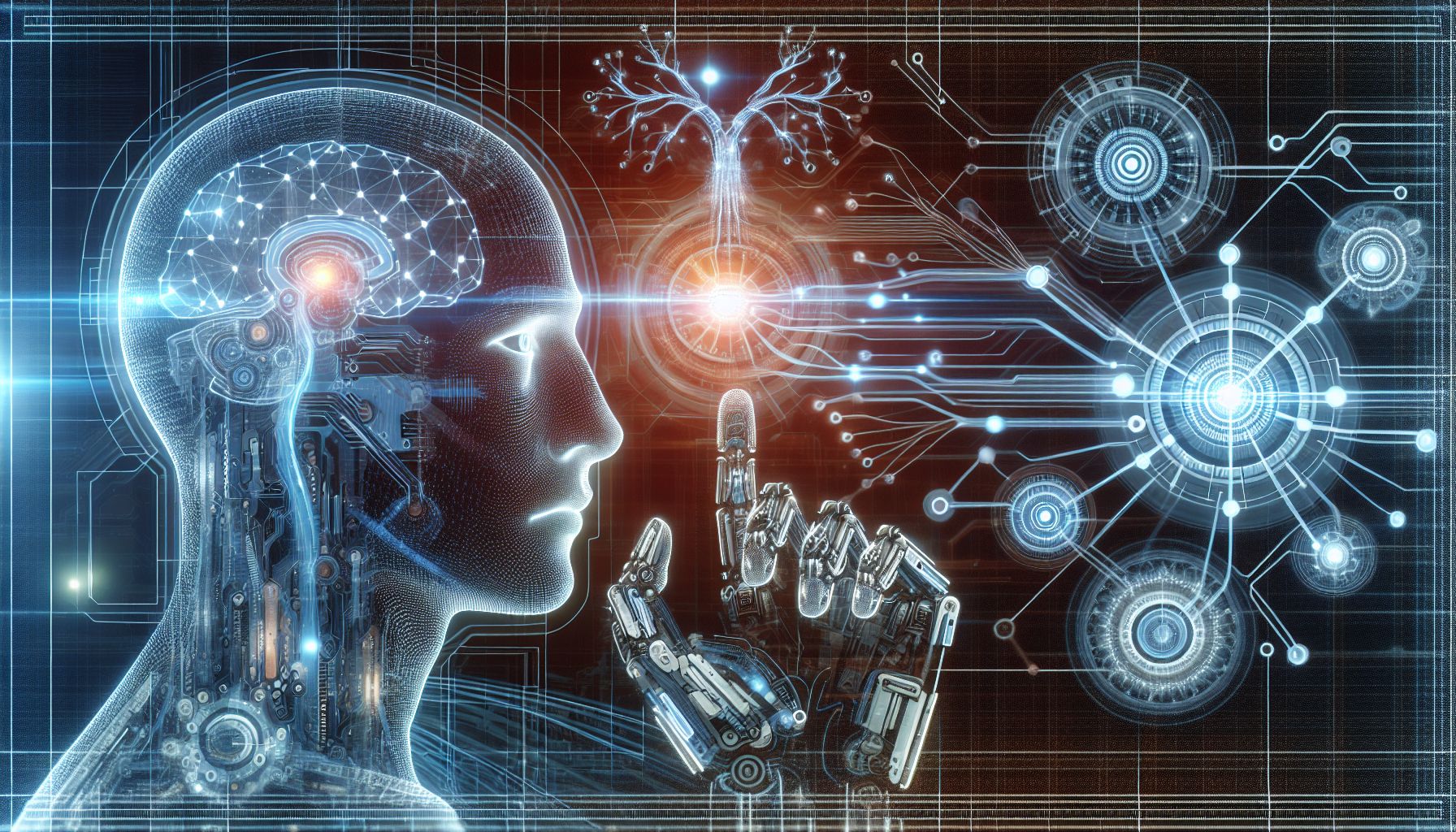📌 Let’s explore the topic in depth and see what insights we can uncover.
⚡ “Have you ever considered communicating with your devices, not through fingertips, but thoughts? Hold your breath, as Elon Musk’s Neuralink prepares to shatter the borders between human cognition and artificial intelligence.”
In a world where technological innovation is advancing at an unprecedented rate, Elon Musk’s Neuralink stands as a testament to the potential of human ingenuity. This groundbreaking technology promises to revolutionize the human-machine interface, offering possibilities that, until now, have been confined to the realm of science fiction. Neuralink is an ambitious project that aims to develop implantable brain–machine interface (BMI) devices. Imagine controlling your smartphone with your thoughts, driving your car through mental commands, or even downloading information directly into your brain. Sounds like a Hollywood movie, right? Well, Elon Musk is working to turn this futuristic vision into reality. In this comprehensive blog post, we’ll delve into the world of Neuralink, exploring its revolutionary potential, how it works, its potential applications, challenges, and the ethical considerations surrounding this cutting-edge technology. Fasten your seatbelts and get ready for a mind-bending journey into the future of human-computer interaction!
🧩 What is Neuralink and How Does It Work?

"Unleashing Human Potential with Musk's Neuralink"
Neuralink, launched in 2016 by tech visionary Elon Musk, is a neurotechnology company that is developing ultra-high bandwidth brain-machine interfaces to connect humans and computers. The long-term goal is to achieve a symbiosis with artificial intelligence, potentially safeguarding humanity from existential threats, such as a hostile AI takeover. The technology works by implanting tiny threads, thinner than a human hair, into the brain. These threads, connected to an external device, can read and write neural signals. In essence, Neuralink works by converting electrical signals in the brain into digital data that a computer can understand and vice versa. The surgery to insert the threads is carried out by an automated robotic system to ensure precision. The robot inserts the threads into the brain while avoiding blood vessels, reducing the risk of brain damage. The threads are then connected to the Link, a small device placed behind the ear, which processes and transmits the data.
🚀 Potential Applications of Neuralink
While Neuralink might seem like a technology straight out of a science fiction novel, its potential applications are very much grounded in reality. Here are a few possibilities: * Medical Miracles: One of the primary applications of Neuralink would be in the field of medicine. It could potentially help people suffering from neurological disorders like Parkinson’s, Alzheimer’s, and spinal cord injuries by restoring motor and cognitive functions. Imagine a world where paralysis could be overcome by rerouting signals from the brain to the muscles! * Enhanced Human Capabilities: Neuralink could potentially enhance human capabilities beyond our natural limits. It could improve memory, allow for direct interfacing with computers and even enable telepathic communication. * Interfacing with AI: Musk’s ultimate vision for Neuralink is to achieve a symbiosis with artificial intelligence. This could allow humans to keep up with AI by merging with it, instead of being left behind.
🏗️ The Challenges Ahead
While the potential of Neuralink is certainly exciting, it’s important to remember that it is still a work in progress and faces several significant challenges: * Technical Hurdles: Developing a safe and effective brain-machine interface is a huge technological challenge. It requires precise surgical procedures, stable and biocompatible materials, and advanced algorithms capable of interpreting neural data. * Regulatory Approval: Neuralink will need to get approval from regulatory bodies like the FDA before it can be used in humans. This can be a lengthy and complex process, especially given the pioneering nature of the technology. * Public Acceptance: Perhaps the biggest challenge is acceptance by the general public. The idea of having a device implanted in the brain can be daunting and will require a considerable shift in public perception.
🧭 Ethical Considerations of Neuralink
As with any groundbreaking technology, Neuralink brings with it a host of ethical considerations. The potential for human enhancement could create social inequalities, with ‘enhanced’ individuals potentially having an unfair advantage over ‘natural’ humans. 📎 You’ll find that also concerns about privacy and data security, as the device could potentially be hacked, leading to unauthorized access to our most intimate thoughts. Furthermore, there’s the question of identity and what it means to be human. If we can enhance our abilities and merge with AI, where do we draw the line between human and machine? 🧩 As for These, they’re complex questions that society will need to grapple with as this technology develops.
🧭 Conclusion
Elon Musk’s Neuralink represents a bold step into the future, promising to revolutionize the human-machine interface. While the technology is still in its early stages, its potential to transform medicine and enhance human capabilities is truly exciting. However, with such potential comes considerable challenges and ethical considerations. As we stand on the precipice of this new era, we must navigate these challenges with caution, ensuring that this technology is developed and used responsibly. In the end, Neuralink offers us a glimpse into a future where the line between human and machine is blurred. Whether this is a future to be embraced or feared is a question that remains to be answered. One thing is certain, though. The journey towards this future will undoubtedly be one of the most fascinating adventures of the 21st century.
🚀 Curious about the future? Stick around for more discoveries ahead!
